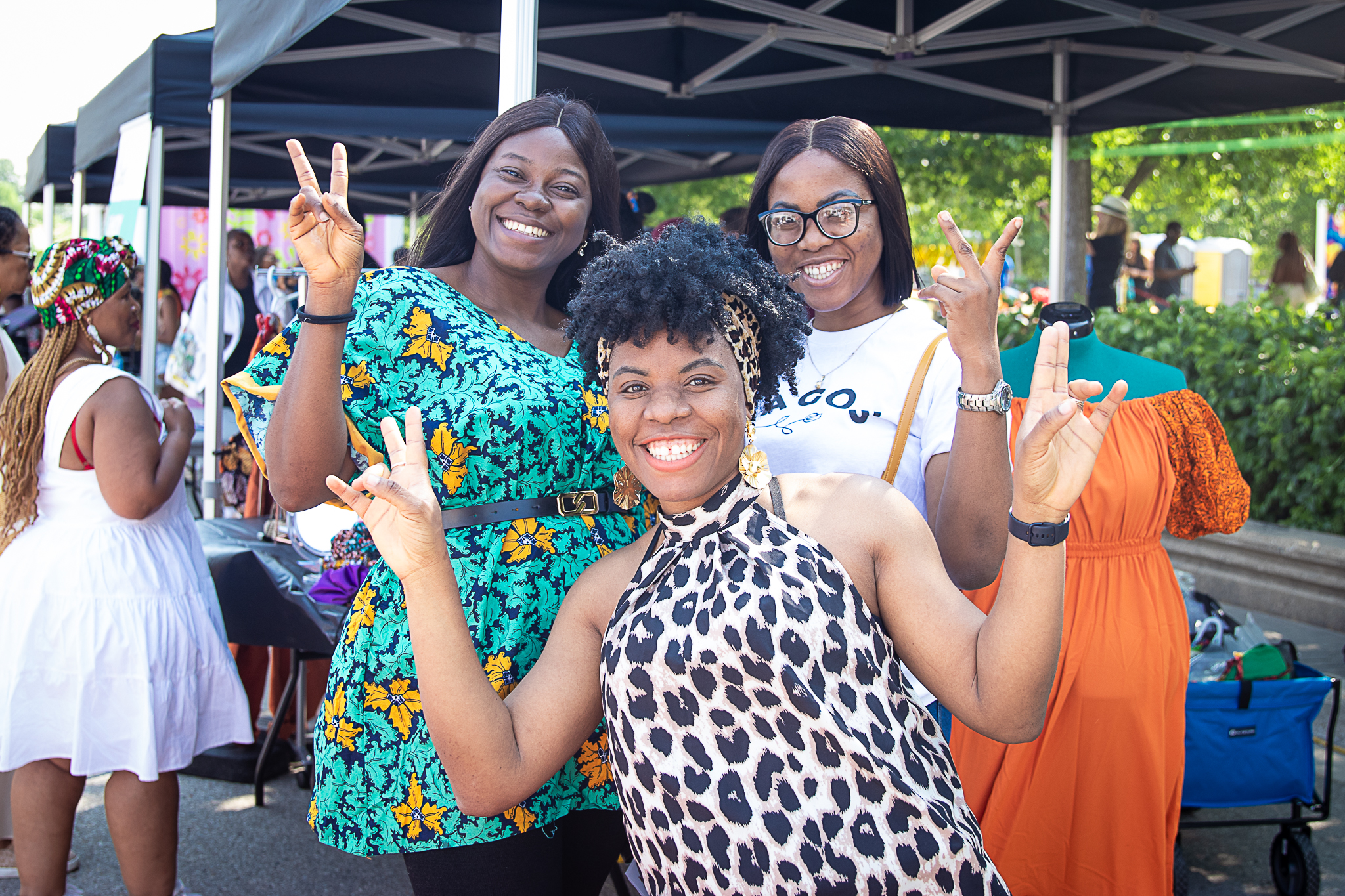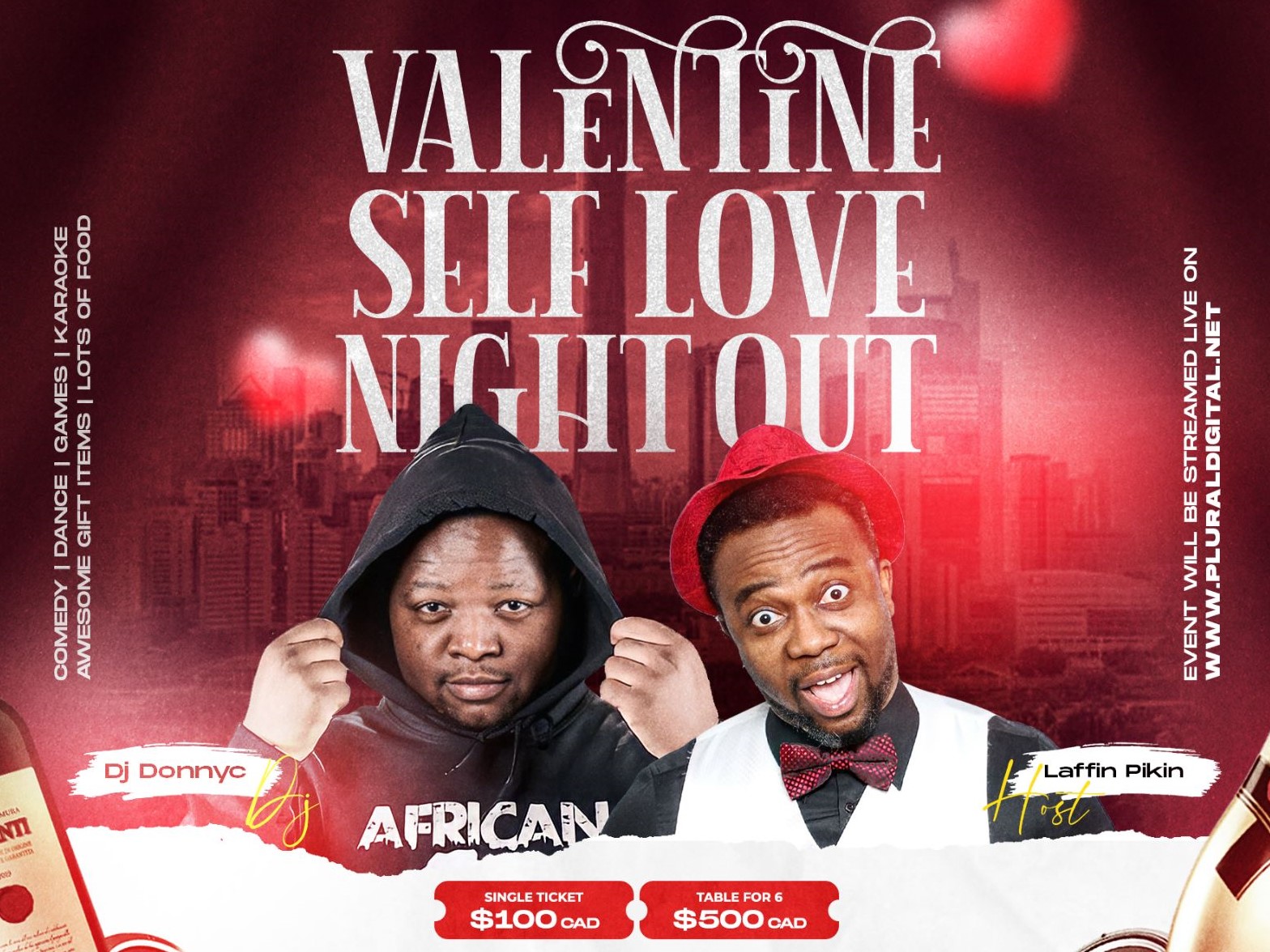Recap: African Fashion Workshop with Neilson Park Creative Centre
On February 27, 2022 I had the opportunity of leading a workshop on “The Art of African Fashion and Style” in collaboration with Neilson Park Creative Centre. This interactive presentation touched upon a wide array of topics including; an overview of African textiles and fabrics, brief history of African prints in fashion, modern day African cultural influences, prints and patterns, African fashion brands in Canada, and lastly a creative styling project followed by engaging discussion.

In summary, during the African fashion workshop, we took a good look at various African textiles and fabrics. Now, there are many of them so we didn’t do an expose of all but we did highlight and discuss a few ones that were worthy of note such as Kuba cloth, Aso-Oke and Kente Cloth to name a few. In our discussion of a the select fabrics, we considered their history and evolution but more specifically, we discussed Dutch wax prints or “African prints” as they are now popularly known as and called all over the world.
Next, we understood how African cultures and ways of dressing have influenced the global fashion industry while inspiring the work of various luxury and brand name designers. Once we had gotten a firm grasp of some fabrics and textiles, which are all so vibrant then we discussed the colours and analyzed the colour spectrum briefly. Of course, we also researched where to buy African clothing and everyone was introduced to some African fashion brands in Canada.
There was so much positive feedback from the workshop:
“Jamila is a pleasure to work with! The content and structure of her workshop was carefully curated and generated a great deal of interest amongst all the attendees.” — Kylynn, Neilson Park Creative Centre
All attendees in the audience walked away from the workshop with many interesting nuggets of information and key takeaways but here is a brief rundown of the session as detailed below.
Africa is not a monolith
There were many key learnings in this African fashion workshop and I will mention the most important one – Africa is not a monolith and African fashion is quite difficult to define. Even though the term “African fashion” gets used a lot, it is important for us to acknowledge that ways of dressing in Africa often differs from one country to another according to region, language, and culture. There are 54 different countries on the continent, each with their own set of cultures, languages and forms of dressing. Note that while each region in Africa has its distinct fashion, sometimes there are certain similarities e.g. West Africa as a whole is known for its vibrant fabrics and cloth but within each country, the fabrics go by different names and are made from various skilled techniques.
African fashion is beautiful and might be hard to define
While working on this African fashion workshop, I concluded that because there were are so many different fabrics, making it hard to keep up with all of them, the term “African fashion” was created to generalize and lump everything into one. Using the term is now the norm and to be quite honest, there probably isn’t a better alternative at the moment but that makes it much more necessary to make distinctions and to be as descriptive as possible, attributing each fabric to a regions and also knowing its history. Maybe it’s just a matter of semantics but nevertheless, it is still important to talk about African fashion and be specific where possible by making distinctions for each country within the whole.
Although “African prints” do not originate from the continent, they are inspired by the culture and creativity of Africa
Also, most of what is called “African prints” today as we know them today actually started out as Batik and they have a very complex history. When you consider this, then you realize that most of these popular prints did not originate from Africa. Their history can be traced back to Indonesia, to an art form called Batik – an Indonesian technique of a wax-resist dyeing method that is applied to the whole cloth to create prints and patterns. A Dutch entrepreneur capitalized on this opportunity, industrialized this fabric making process and introduced their versions of cloth to the African continent, where it was embraced.
African prints in fashion and clashing colours are for everyone!
We can all embrace wearing African prints with its long and complex history that weaves through various cultures and eras. The vibrancy of the fabric and its rich colours compel us to appreciate its uniqueness and adown ourselves with it. Many are afraid of cultural appropriation but really, it all begins with education and awareness. Know the history, make informed decisions, wear the print fashion and educate others – this will silence the skeptics. Today, it is no longer uncommon to see the style-conscious mixing prints and colours in their clothing as a reflection of their vibrant personality.
Well, the African fashion workshop included much more. So, if you are eager and willing to get your hands on a copy of the slides from this presentation, send me a note via the contact page.
What did you learn from reading this post?






